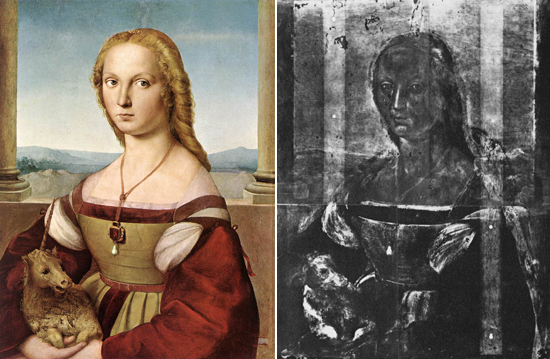A mural painted by Leonardo da Vinci that is about the width of 3 last suppers next to each other, on a location that is well known, the tower of Sienna, and yet, the painting you can see there, is not one from da Vinci. How is that possible? That’s what kept engineer Maurizio Seracini awake at night for several decades.
It was believed the fresco was lost forever because since after da Vinci created the mural, the room it was in, was renovated by another artist (Vasari). There were however accounts that Vasari didn’t destroy da Vinci’s painting, but constructed a wall in front of it and left the masterpiece of Leonardo intact.
Using a wide range of non destructive testing methods (and 1 destructive test) Seracini was able to prove the masterpiece is still in place, but of course, it is still inaccessible to the public, because they didn’t want to destroy a 400 year old work of art, the lay bare a different, unfinished piece of art.
This was just 1 example of how using modern NDT methods like infrared, X-rays,… can help discovering new details or even better, new paintings.
In the blog post and accompanying TED-talk, Seracini explains how he and his team have helped create a better understanding of some of the worlds most famous paintings, as this striking example

This painting, called Lady with the unicorn, seems to depict a noblewoman, holding a unicorn in her hands. Using CT-scans however, as seen on the right part of the image, we can see that the lady is actually holding a puppy. Digging even deeper into the painting it was discovered that the original artist (Raphael) didn’t draw or paint a unicorn nor a puppy, he just painted the lady and the addition of a puppy and unicorn was done by a different artist, years or even decades later.
I find it extremely fascinating that using these techniques, we are able to reveal details, unseen for centuries, or even discover things that were never intended by the original artist. I would call this to the early stages of Photoshop, people editing paintings as they see fit.
For more interesting case studies on what details were revealed in this and a range of other paintings, check out this TED-talk or the blog post that goes with it.







You must be logged in to post a comment.